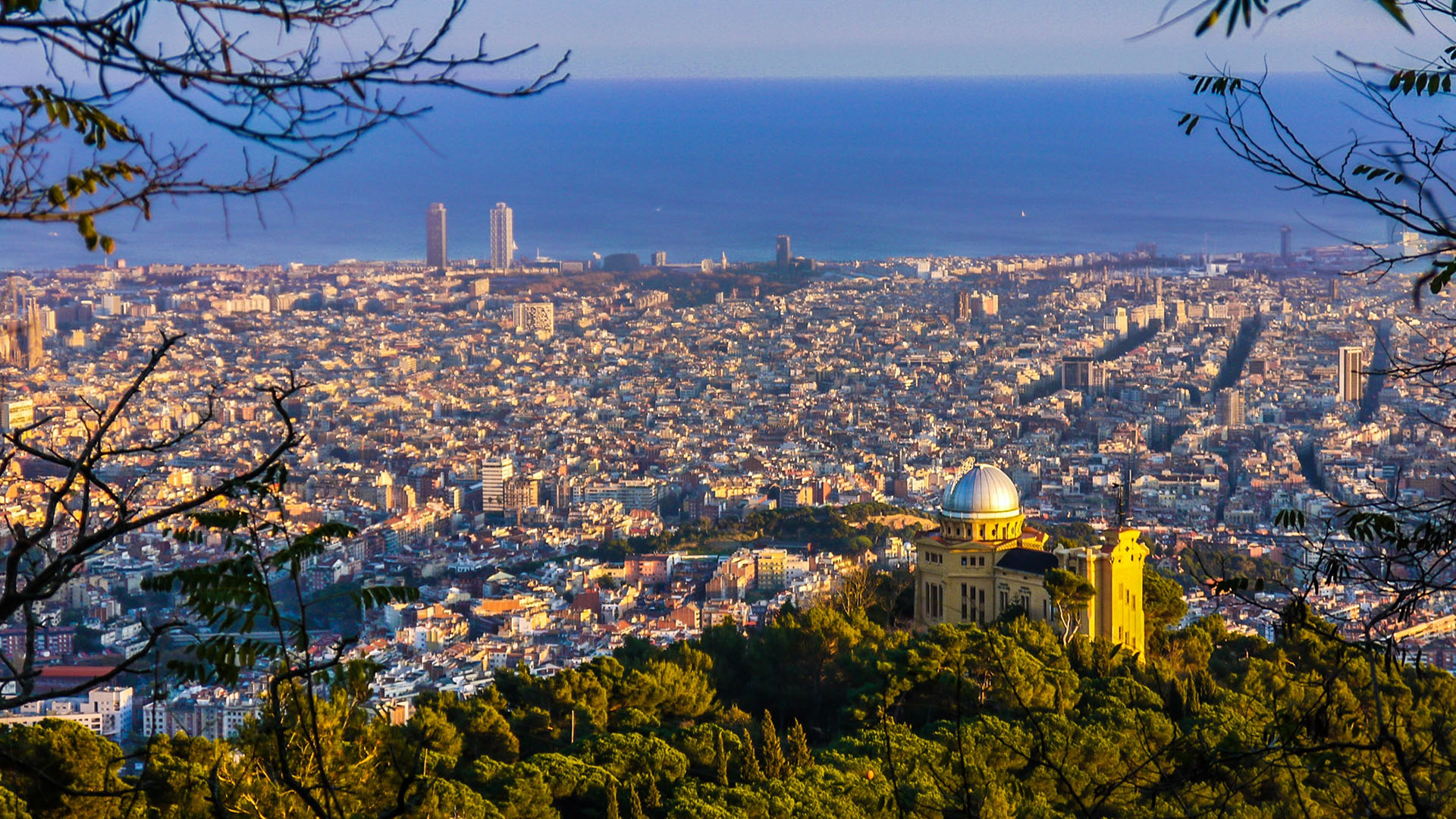If Hong Kong is the city that invented tomorrow, Shenzhen is the one that looked at tomorrow’s blueprints, said “Hold my tea,” and went ahead to build it by next Tuesday. A fishing village turned megacity in less than half a lifetime, Shenzhen is the world’s most convincing argument that cities don’t evolve—they download updates. It’s where the future doesn’t just arrive; it prototypes, iterates, and launches a beta version before most places have finished their public consultation process.
Shenzhen’s birth story is the stuff of urban legend: a sleepy border town transformed into China’s first Special Economic Zone in 1980. Since then, it has exploded into a metropolis of 17 million people, 300-meter towers, and more start-ups than you can count without using machine learning. Where Hong Kong refined capitalism into an art form, Shenzhen turned it into a factory—literally. The city manufactures not only electronics but ambition itself. It’s Silicon Valley without the self-congratulation, a place where “innovation” means building an actual drone, not just a pitch deck.
You can feel the speed in the air. Whole districts seem to appear overnight, cranes swing like metronomes of progress, and infrastructure projects unfold with time-lapse efficiency. Need a new metro line? Come back after lunch. A new neighborhood? Give it a fiscal quarter. Shenzhen operates on a temporal scale that makes most city planners break into a cold sweat.
Hong Kong taught Shenzhen a lot—about trade, finance, logistics, and, crucially, how to dream big in limited space. The two cities are like siblings separated by a generation gap: Hong Kong the worldly elder, steeped in tradition and global finesse; Shenzhen the audacious younger one who doesn’t know what “impossible” means and doesn’t particularly care. Shenzhen borrowed Hong Kong’s efficiency but replaced its colonial elegance with raw speed and experimentation. It learned that density could be liberating, that vertical living need not mean monotony, and that mass transit could be the bloodstream of urban life. The city’s metro now rivals Hong Kong’s MTR for reach and punctuality—and, true to form, it did so in record time. Where Hong Kong perfects, Shenzhen prototypes. Where Hong Kong debates, Shenzhen deploys.
Shenzhen’s greatest achievement is its maker culture. From Huaqiangbei’s chaotic electronics markets to gleaming innovation parks, it’s a playground for tinkerers, inventors, and entrepreneurs. Need a custom circuit board at 3 a.m.? Shenzhen will print it, solder it, and ship it before sunrise. The city’s informal motto might as well be: “Fail fast, build faster.” This culture of relentless iteration extends beyond gadgets. Urban design, governance, mobility—all are treated as works in progress. Electric buses? Done. Fully electrified taxis? Already old news. Drone delivery? Tuesday afternoon. It’s a city allergic to stagnation, fueled by caffeine, code, and collective restlessness.
Yet for all its brilliance, Shenzhen still lacks the soul that time brings. Hong Kong’s chaotic layering—its blend of colonial history, Cantonese culture, and urban improvisation—gives it a patina of humanity that Shenzhen, for now, can only imitate. The city’s speed sometimes comes at the expense of texture. Many of its districts feel designed for efficiency, not intimacy; impressive from afar, but harder to love up close. Affordability is another challenge. Success has inflated prices and squeezed out the scrappy energy that once defined the place. The “Silicon Valley of Hardware” is now flirting with the same paradox that haunts its mentors: how to stay a city of opportunity when opportunity itself becomes expensive.
Then there’s identity. Shenzhen’s confidence is undeniable, but its cultural voice still feels under construction. Its art scene is growing, its design scene maturing, yet the city hasn’t quite figured out what story it wants to tell about itself. It’s a city full of possibility, but possibility is not yet personality. And yet—what a place it is. A city that builds the world’s first 5G networks while planting forests along its highways. A city that treats sustainability not as branding but as engineering. A city that looks at failure and calls it “version 1.0.” Shenzhen’s optimism is not naive—it’s procedural. It assumes that if something doesn’t work, you just update the firmware and try again.
If Hong Kong is the city that shows us how to endure the future with grace, Shenzhen is the one that insists we make it ourselves. It is living proof that urban transformation can happen at the speed of imagination—and that sometimes, the most human thing a city can do is keep evolving. Shenzhen may still be learning the poetry of place, but it has already mastered the syntax of progress. The city is an unfinished sentence, written in glass, code, and concrete—and it’s still adding clauses at breakneck speed. The rest of the world is just trying to keep up.








